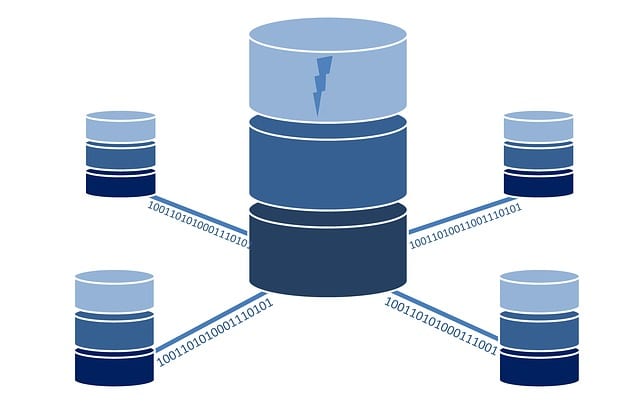Business Intelligence in the cloud is here to stay. More and more, companies are using Business Intelligence (BI) in a cloud computing environment because it offers a more available, extensible, and affordable option compared to on-premises BI. The transition to the cloud has been made easier by the big BI vendors who have developed cloud options for their traditional BI solutions.
The business intelligence in the cloud options are becoming too numerous to list, with existing as well as emerging BI players, providing offerings in the cloud. According to Predictive Analytics, there are about 44 cloud BI solutions and counting.
Why this rush of Business Intelligence in the cloud? There are many drivers and strategic imperatives that are making business intelligence in the cloud a reality.
Business Intelligence in the Cloud: Drivers and Imperatives
According to Tata Consultancy Services, “There are several operational and financial factors that work in favor of Cloud Business Intelligence (BI), the key factors being”:
- The speed of Implementation and Deployment: Immediate availability of environment without any dependence on the long periods associated with infrastructure procurement, application deployment, drastically reduces the BI implementation time window.
- Elasticity: Leverage the massive computing power available on the Web, scale up and scale down based on changing requirements.
- Focus on Core Strength: Outsource running of BI apps to professionals and focus on their core capabilities.
- Lower Total Cost of Ownership: Convert some part of capital expenditure (CAPEX) to operational expenditure (OPEX), cost-effective pricing models, pay per use model, etc.
- On-demand Availability: Support mobile and remote users, Browser-based access to control everything from the cloud
One drawback of a cloud system that large companies often struggle with is data security and effectively maintaining confidentiality and integrity of their private data. Actually, many cloud-based vendors can now actually provide a more secure system than the company is using onsite.
Large enterprises can reap great benefit from the speed at which a cloud BI system can be developed and deployed, as compared to the more expensive in-house option.
Even more important than privacy and accessibility concerns, quick deployment and flexibility have become major motivators for moving to the cloud. Large enterprises can reap great benefit from the speed at which a cloud BI system can be developed and deployed, as compared to the more expensive in-house option. There’s little to no infrastructure procurement in comparison, and application deployment across a large organization is drastically reduced. The cloud environment is instantly available with no long wait-times for procurement of the various pieces to build BI. Cloud implementation brings a powerful computing environment, and large enterprises find it much easier to scale up or down in a cloud system, and like the pay-for-use model that many cloud vendors offer. A scalable infrastructure as clients ebb and flow is great and made even greater because there’s no huge up-front capital expenditure.
Cloud computing does require a cultural shift, and Business Intelligence solutions in the cloud are no exception, and it is sometimes harder for large organizations to get company-wide buy-in. Across the board, everyone must not only use different technology but also think differently about how to use it, and there can definitely be moans and groans along the way. But when your organizations begin to realize the advantages of technology that is seamless, and the cloud’s ability to deliver real-time information anytime, anywhere on any device, that cultural shift will happen pretty fast.
Cloud computing does require a cultural shift, and Business Intelligence solutions in the cloud are no exception, and it is sometimes harder for large organizations to get company-wide buy-in.
Furthermore, many companies like the idea of a hybrid system, part-cloud and part on-premises. With the cloud system, you are effectively outsourcing, in a sense, all of the inner workings of the BI system, and this allows you to focus on your core strengths and your core business. Overall, cloud BI has a much lower total cost of ownership for any size business, and the great thing is that you can reallocate the capital expenditure that you would have spent.
It is important to compare ROI for a cloud versus an entirely on-premises BI system. Consider the financial benefits that each system can bring. How much does each system cost, and how much money does each take to maintain? What effect does it have on your overall budget, and what are the impacts of both systems on your operations?
Do your homework, and if the cloud environment is right for you, move slowly and steadily with a plan. Use a phased approach, and use both the cloud and your onsite system in a co-existence model until you are sure the cloud BI works for you and fulfills your business needs.
